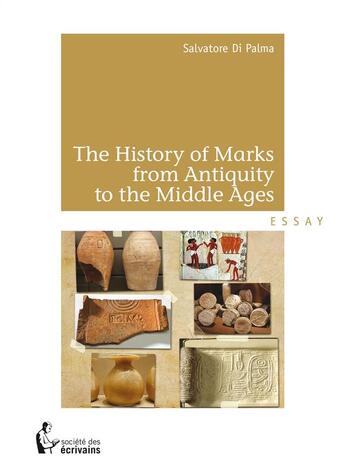Résumé:
The act of inscribing the first distinctive signs on manufactured products and recipients of merchandise constituted the earliest example of what we call today intellectual property. More than 8000 years B.C., long before the Sumerians, the artisans and merchants of Catal Hüyük in Turkey,... Voir plus
The act of inscribing the first distinctive signs on manufactured products and recipients of merchandise constituted the earliest example of what we call today intellectual property. More than 8000 years B.C., long before the Sumerians, the artisans and merchants of Catal Hüyük in Turkey, Jericho in Palestine, Harappa, Mehrgarh, Mohenjo-Daro and Lothal in the Indus valley already used signs, verbal or figurative marks in the course of trading with others... This study, spanning the years from the sacred, collective property of Antiquity to the Guilds and Corporations of the Middle Ages, seeks to discover marks throughout their historical context. Fortis: organic yoghurt or else a pottery mark from Antiquity? So as to be sure to avoid errors, Salvatore Di Palma offers us a veritable lesson which would cause the producers of the French TV programme "Culture Pub" to die of envy. "Confining" himself to the fluvial civilizations of the ancient world that grew in the Indus valley, on the plains of the Tigris and Euphrates and in the Nile valley, as well to the thalassocratic civilizations situated around the Mediterranean coastline and in Northern Europe, his historical and archeological research, liberally illustrated throughout the text, enlightens us on the long road to intellectual property and the consumer society of today. This colossal undertaking has led to the creation of a fascinating study.
Donner votre avis















